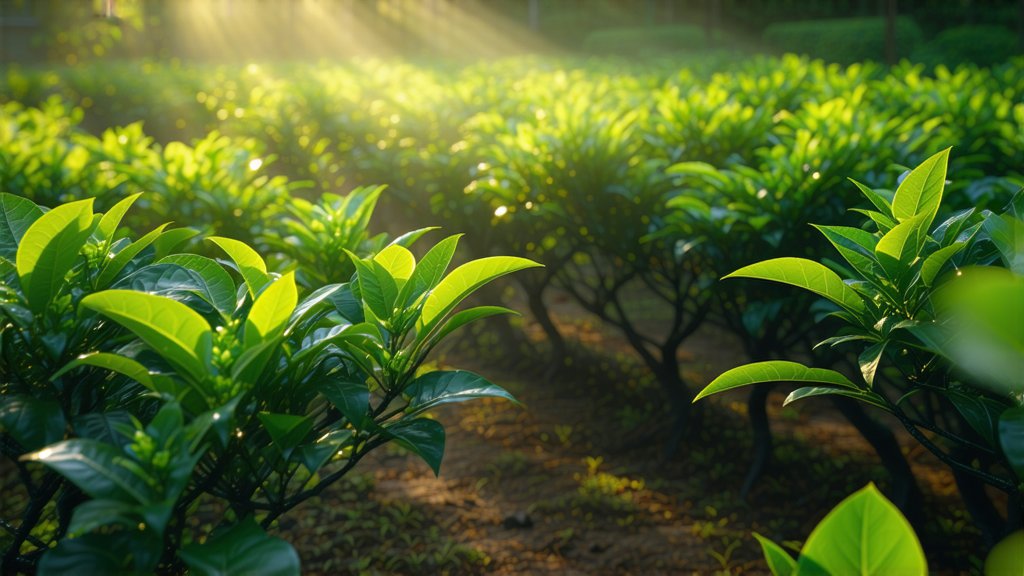
In the vast and diverse landscape of Chinese tea culture, few beverages hold as esteemed a place as the Keemun Black Tea. Revered for its rich flavor profile and captivating aroma, this golden elixir has been delighting tea enthusiasts for centuries. In this exploration, we delve into the historical roots, varietal distinctions, intricate craftsmanship, and nuanced art of appreciating Keemun Black Tea.
Historical Roots
Keemun Black Tea, also known as Qimen Black Tea, originates from the mountainous region of Qimen County in Anhui Province, China. Its history dates back to the Tang Dynasty (618-907 AD), but it gained significant prominence during the Qing Dynasty (1644-1912). Legend has it that the unique processing techniques were developed accidentally when tea leaves were left to ferment before drying, creating a distinctive black tea variety. Over time, Keemun became a staple in Chinese tea culture and an essential part of diplomatic gift exchanges, symbolizing goodwill and friendship.
Varieties of Keemun Black Tea
Keemun Black Tea is not a monolithic category; instead, it encompasses several distinct sub-varieties, each with its unique characteristics. The most renowned among them include:
-
Huangshan Maofeng: Named after the famous Yellow Mountains, this variety is characterized by its tight, twisted leaves and a sweet, fruity taste with hints of orchid.
-
Gongmei: Often referred to as "Tribute Eyebrow" due to its high quality, Gongmei features slender, slightly curved leaves and a smooth, mellow flavor with floral undertones.
-
Zhengshan Xiaozhong: Grown in the core region of Zhengshan, this variety boasts a robust and malty profile with a lingering sweetness.
Each of these varieties offers a different sensory experience, reflecting the terroir and specific cultivation practices unique to their respective regions.
Crafting Process
The journey from leaf to cup for Keemun Black Tea is a testament to the artistry and precision involved in traditional tea production. The process can be broken down into several key stages:
-
Plucking: Only the top two leaves and a bud are handpicked, ensuring the finest quality. This selective plucking usually occurs in late spring or early summer when the leaves are at their prime.
-
Withering: Freshly plucked leaves are spread out in thin layers to wither under the sun or in well-ventilated rooms. This step reduces moisture content and initiates enzymatic reactions that contribute to flavor development.
-
Rolling: Withered leaves are then rolled using traditional methods or modern machinery to break down cell walls, releasing juices that will later aid in fermentation.
-
Fermentation: Rolled leaves are allowed to oxidize, a process that transforms the green leaves into their characteristic black color. This stage is crucial as it develops the complex flavors and aromas synonymous with Keemun Black Tea.
-
Drying: Finally, the leaves are dried to reduce moisture levels further, preserving the tea's quality and preventing spoilage. This can be done through sun drying or using specialized equipment.
-
Sorting and Grading: After drying, the tea is sorted based on leaf size and quality, ensuring consistency and adherence to stringent standards.
Tasting Notes and Appreciation
To truly appreciate Keemun Black Tea, one must engage in the ritualistic practice of tea tasting, or "nosing" and "sipping." Here's a guide to savoring this exquisite brew:
-
Preparation: Use freshly drawn, filtered water heated to around 90-95°C (194-203°F). Preheat your teapot or gaiwan to maintain the water temperature.
-
Infusion: Place approximately 3-5 grams of Keemun Black Tea per 150ml of water. Steep for 2-3 minutes for the first infusion. Subsequent infusions can be steeped for longer periods, typically increasing by 30 seconds to a minute.
-
Observation: Examine the liquor's color, which should range from deep amber to coppery red, indicative of a well-crafted black tea.
-
Aroma: Inhale deeply before sipping to detect the tea's fragrant bouquet, which may include notes of smokiness, sweetness, or floral hints depending on the variety.
-
Tasting: Take small sips, allowing the tea to coat your palate. Notice the initial burst of flavor followed by mid-notes and the lingering finish. A good Keemun should have a balanced profile with no overpowering bitterness or astringency.
-
Texture: Pay attention to the mouthfeel, which can range from silky smooth to velvety, enhancing the overall drinking experience.
In conclusion, Keemun Black Tea stands as a testament to China's rich tea heritage, embodying centuries of tradition, innovation, and passion for excellence. From its storied past to its diverse varieties, meticulous craftsmanship, and sophisticated tasting rituals, every aspect of Keemun invites us to slow down, savor the moment, and connect with a legacy that transcends time and borders. Whether you're a seasoned connoisseur or a curious newcomer, embarking on a journey with Keemun Black Tea promises an unforgettable adventure into the heart of Chinese tea culture.